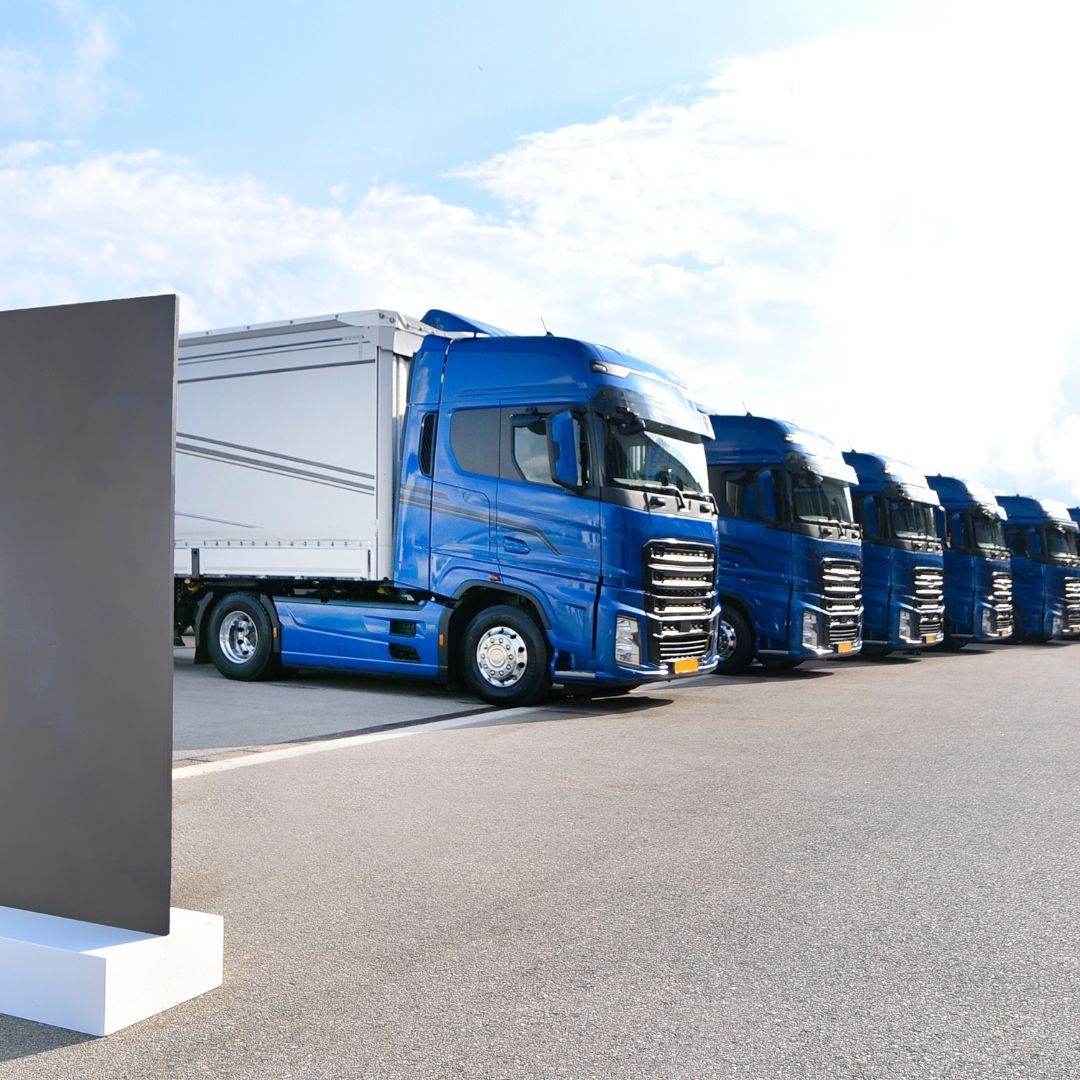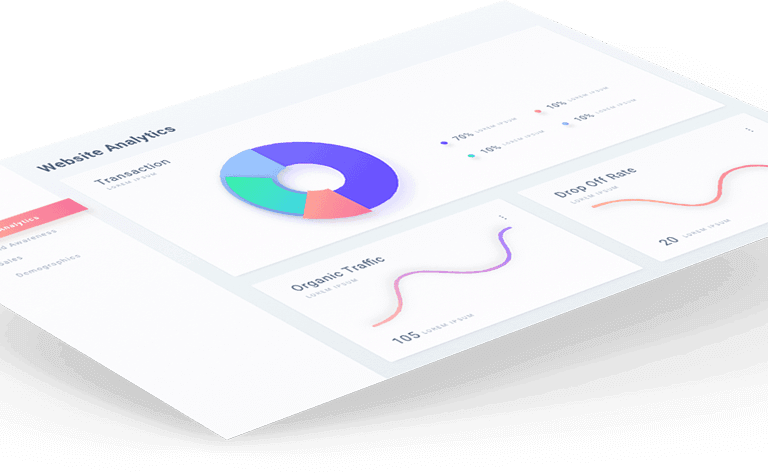“Fleet Management for end-users can be a tough terrain to navigate. We at Linxio have put together helpful insights around some of the most commonly asked questions around fleet management.”
1. What is fleet GPS tracking?
Fleet GPS tracking is a system or more so a solution that helps to acquire data from your vehicles to enable the parent organisation make informed decisions that help boost the bottom line of the business, improve efficiency and accelerate productivity. The data captured also helps fleet managers better instruct operating drivers to promote driver behaviour, track fatigue management and uphold asset security.
2. How to reduce premiums on insurance?
Insurance companies worldwide derive pricing modules based on the client claims history. The data governs the decisions that indicate if and whether a commercial vehicle operator is a safe bet. Factors such as driver behaviour, accident history, traffic violations and vehicle health all contribute to making the assessment.
3. How to reduce fuel consumption?
A fleet management software uses vehicle telematics to help improve fuel efficiency and reduce related expenses by utilising technologies to shorten and optimise routes, improve fatigue management, cut down engine idling times and promote driver behaviour by enforcing restrictions against excessive speeding, harsh acceleration/braking and cornering.
4. How to track fuel usage expenses?
Commercial fuel cards are designed keeping business fleet vehicles in mind that seek to avoid percentage charges on credit card transactions including theft risk. The ideal case scenario for companies using fuel cards are the ones that invest heavily on vehicles like transport, haulage and courier services.
Such companies target fuel cards to attain significant and notable savings on current fuel price and operational costs. However, in a generic scenario, a fuel card can provide fuel at wholesale price as opposed to standard retail. Depending on how frequently a fuel card is used, substantial savings apply when deemed usable.
5. How does one stand to benefit from FBT?
Employers that actively provide fringe tax benefits to their employees can claim an income tax benefit detection for it. Also, the said firm or business can claim GST credits for the things offered as fringe benefits. Employers or businesses can reduce their FBT liability by offering employees benefits that are exempt from FBT, providing cash bonuses to employees, offering benefits to employees that are income tax-deductible, utilising employee contributions among others.
6. How does telematics improve fleet efficiency and safety?
In-vehicle technologies like advanced telematics systems help the business perform better by offering a range of dynamic solutions that include driver fatigue tracking, digitised vehicle inspections, improved fuel efficiency through route optimisation and real-time vehicle and asset tracking for complete end-to-end fleet management.
7. How does one stand to benefit through FTC?
Fuel tax credits provide businesses with credit for fuel tax that’s included in the price of the fuel used in plant machinery, heavy vehicles and equipment including light vehicles. The amount of fuel tax excise credit earned depends on several factors that include how fuel was acquired, what use was the fuel put up to and the type of activity employed towards fuel consumption.
Depending on the nature of the business, be it manufacture or import, the tax excise or customs can be tracked through a generic ato app with the continuing connection. When it comes to light vehicles which are travelling on public roads or off roads or on private routes come under specific considerations based on the fuel tax credit rates.
.
With Linxio, maintaining your fleet vehicles is easier through our future-ready telematics solutions that offer real-time vehicle tracking, geofencing alerts and notifications, digitised logbooks and better driver communication.
.




